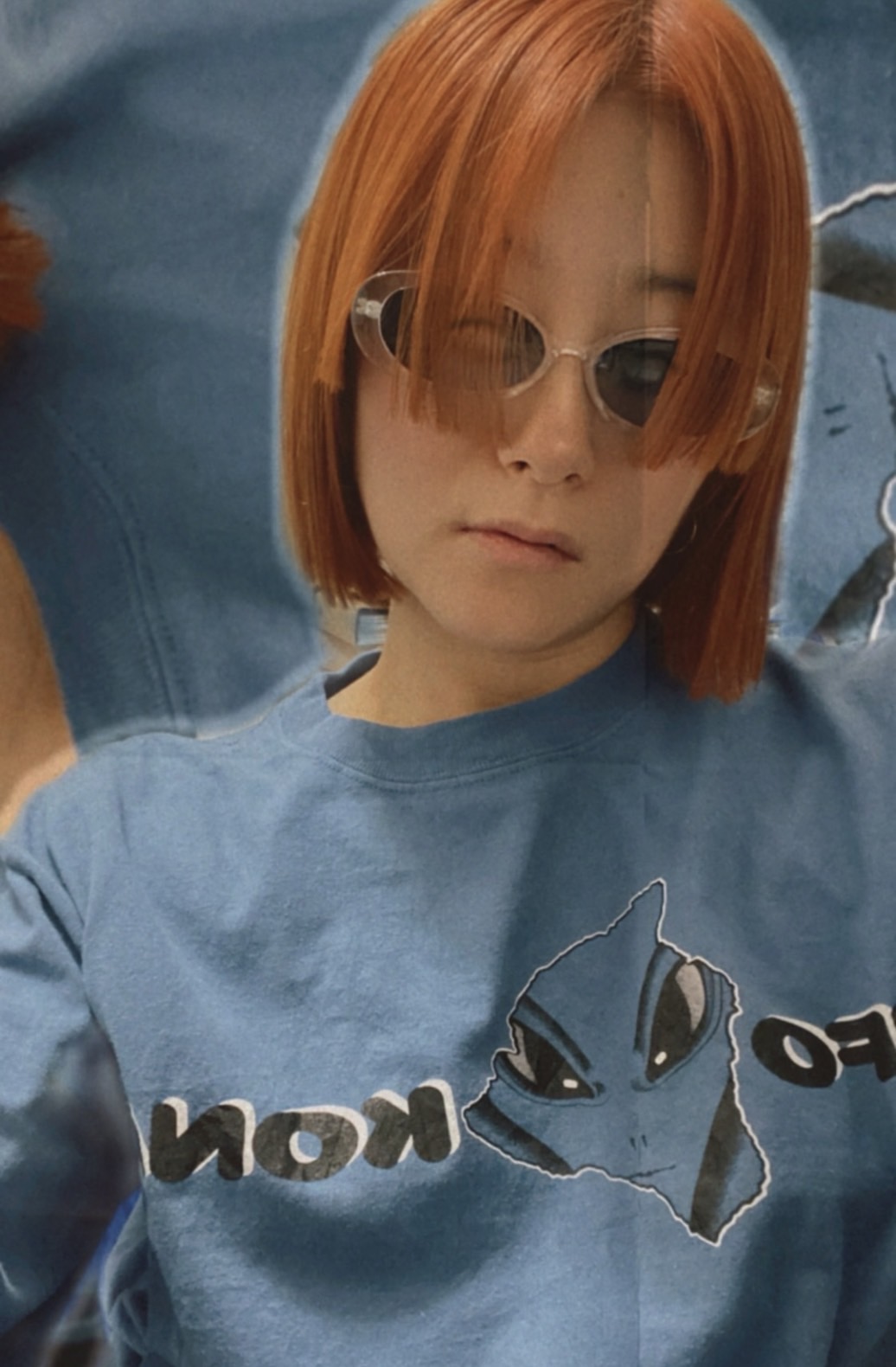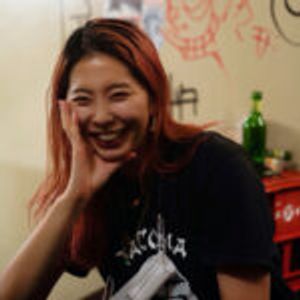Being made in Japan functions as one of the important criteria in selecting products, as well as the beauty in design, functionality, trendiness and standard feature. In this series, a variety of people will introduce the cutting edge creation of “Made in Japan”, in line with two key words from TOKION’s statement: “cutting edge” and “social-fullness”. This time, we spoke to Comi, the designer of Cycle by myob. She started “Cycle” with the theme of making sustainable clothes after becoming independent from her former brand and having a baby. She believes that the products made by craftsmen and through customs deeply rooted in Japan are the true made-in-Japan products.

–What do you think are the differences in eco-awareness between Japan and other countries?
Comi:”Cycle” mainly uses eco materials such as polyester fabrics made from fiberized plastic bottles, fabrics made from discarded clothing threads, and naturally dyed fabrics. I believe that the culture and development of such eco-friendly fabrics are advanced in Japan by far. We have been producing fabrics in China and Korea, but the culture of eco-friendly fabrics has not yet taken root there. The linen used in our latest collection were dried completely in the sun. The fabrics are hand-dyed by artisans. Instead of using dryer, they placed fabrics in the sunlight to dry them. Because they are handmade, they are a little uneven, but that is what makes them so good. The fact that the fabrics are made the old-fashioned way, without wasting electricity, matches the brand’s philosophy. So we decided to use them, although the price is a little higher. The brand name “Cycle” is not only about environmental cycles such as recycling, but also about human connections and relationships. The mission of this brand may be to give people opportunities to learn more about environmental issues through it, to spread the good word about Japanese craftsmen, and to create many chances and good chains of connections.
–I heard that some of your products are sewn in your atelier. Are you actually producing more of your products in Japanese factories?
Comi:Until recently, our products had been mass-produced in China and Korea. Although we tend to think producing items in these places are cheaper, recently they have become more expensive, probably because the number of factories has decreased due to the shortage of labor caused by COVID-19 pandemic. This naturally led me to think of make our products in Japan. The best thing about it is that if something happens, I can get in touch with the factory right away and go see them. From overseas, it can take up to two weeks for a package to arrive, but in Japan, it takes only one or two days and can be tracked. Not only is communication easier, but there are no troubles anymore. Now I buy fabrics, print them, and then sew about one-third of them in my atelier. The remake denims we recently launched at a pop-up were made entirely at the atelier and delivered to the store. It is a gradual process, but I feel that we are getting closer to being a completely made-in-Japan brand, and that is what we would like to aim for.
“Cycle,” a brand of products dyed with natural materials

I became interested in dyeing when I saw a video on SNS of someone dyeing clothes their child no longer wore with avocado seeds. I decided to try it myself first and started dyeing in my kitchen at home using avocado seeds, onion peels, and coffee bean grounds after grinding. The places dyed with avocado seeds, to my surprise, turn pink. It was a fun discovery that all of these things that would otherwise be thrown away could be used for dyeing if they were racked up. Then I ordered indigo to try indigo dyeing, and I tried mud dyeing as well. I started dyeing in my kitchen at home, and as I began to expand my brand, I met a person who had developed his own indigo silk screen and mud silk screen, and new types of design were born. Indigo can be grown in planters at home and used directly for dyeing. It is a fun eco practice that can be completed entirely at home and enjoyed in style.
Silk scarves produced by silkworms

I became interested in the silkworm industry after watching a documentary film about Akihiko Izukura, a natural dyer. The film depicts the process of making the giant spheres of thread that Izukura creates with 10,000 silkworms. Usually, silk was woven by hand, but Izukura is the creator of a technique that utilizes the characteristics of silkworms to turn the threads spat by worms directly into cloth. When 10,000 silkworms are placed on a large sphere, they all spit out threads to protect the sphere as they rise to the top. When the silkworms reach the top, the weight of the worms causes the sphere to rotate, and the silkworms on the bottom move back up, spitting out their threads again. This process is called circular motion, and Izukura’s project is to let the silkworms live out their entire lives in full conformity with nature. The spheres created by the silkworms are dyed using only materials found in nature, such as plants, trees, rainwater, and the sun. When I entered the sphere, I felt like life is spinning and could not stop getting goose bumps. I have a bag and a scarf, and the scarf warms me gradually when I cover my stomach when I don’t feel well in the stomach. That is how I realize that what we wear and what we eat are supported by life.
Shiga, a town full of nature where Comi was born and raised

I recently renovated a shed on my parents’ property and turned it into a vacation home. So I have more opportunities than ever to return to my parents’ house. For me, Shiga is a healing place with abundant nature, warm people, and many animals. When I am in Tokyo, my mind is always on full speed. I am always in a hurry and being chased. I am so busy that I cannot even think about my feelings. But when I return to Shiga with my family, the first thing I notice is that my children look completely different from usual. It is truly a liberation of the soul! I can really see the small changes in their expressions, such as how they are smiling and having fun when I let them play in a place rich in nature. I can also feel the same kinds of changes in myself. I can see how I am feeling, what I actually like, and what I am thinking. It simplifies my mind. I am sure that because the adults are able to free themselves, the children are able to sense this and free themselves as well. I was born and raised in Shiga, started my brand in New York, and now live in Tokyo, but I feel most at home when I come back to Shiga. It is an irreplaceable place where I feel at home.
Comi
Comi started “Cycle by myob” in 2020 after spinning off from “M.Y.O.B NYC”. “Cycle” focuses on reused fabrics, recycling, environmental pollution, and human connections and ties, and hopes to create an opportunity by addressing environmental issues in a unique way through fashion.
Instagram:@comi_myob、@cycle_by_myob
Translation Shinichiro Sato(TOKION)

